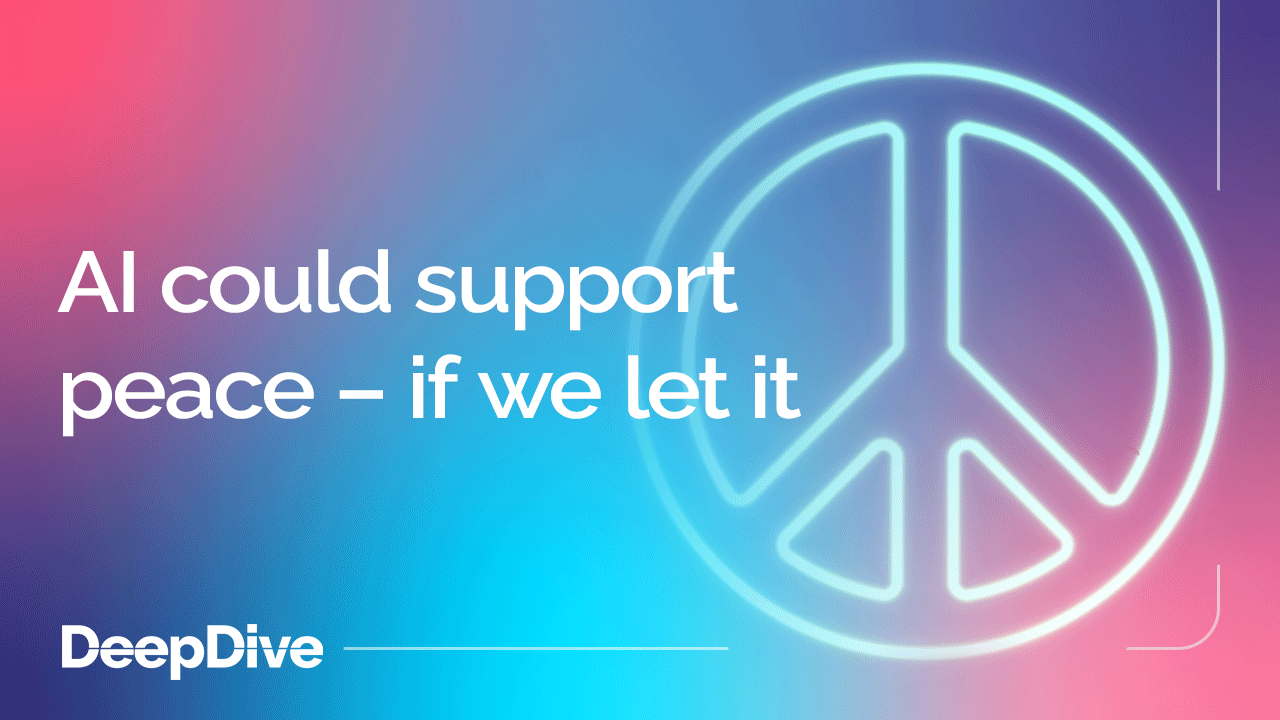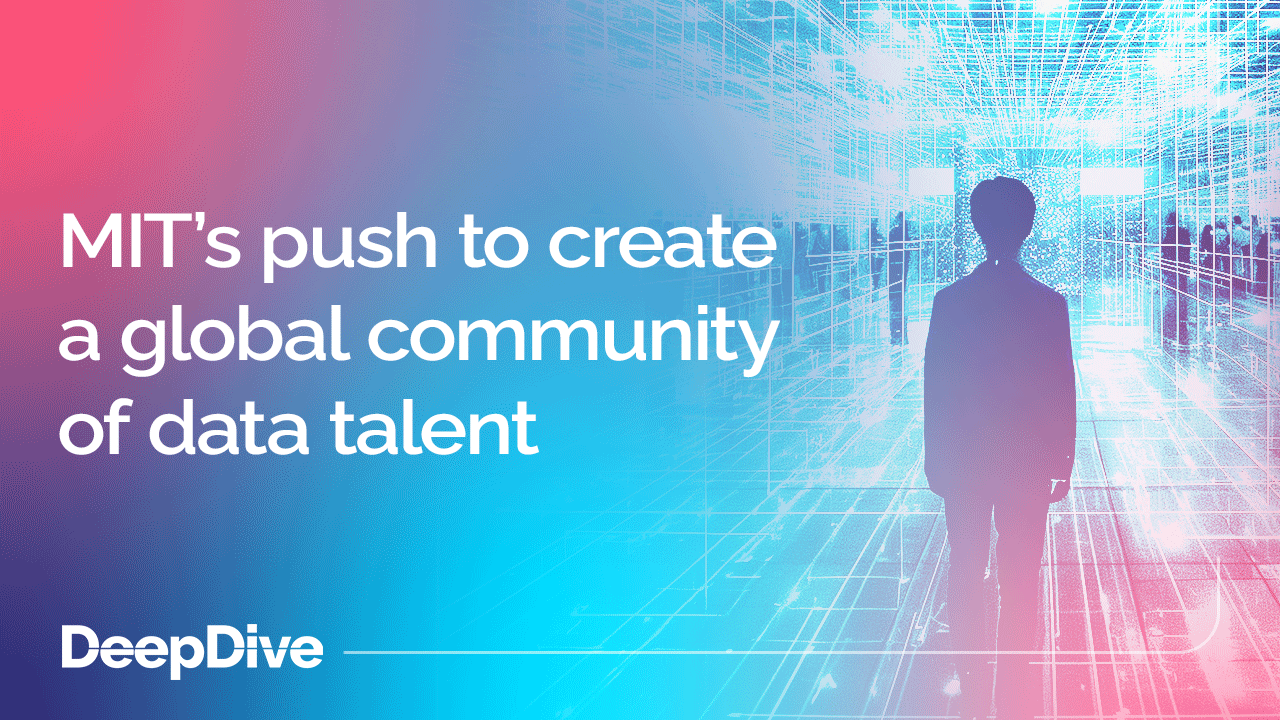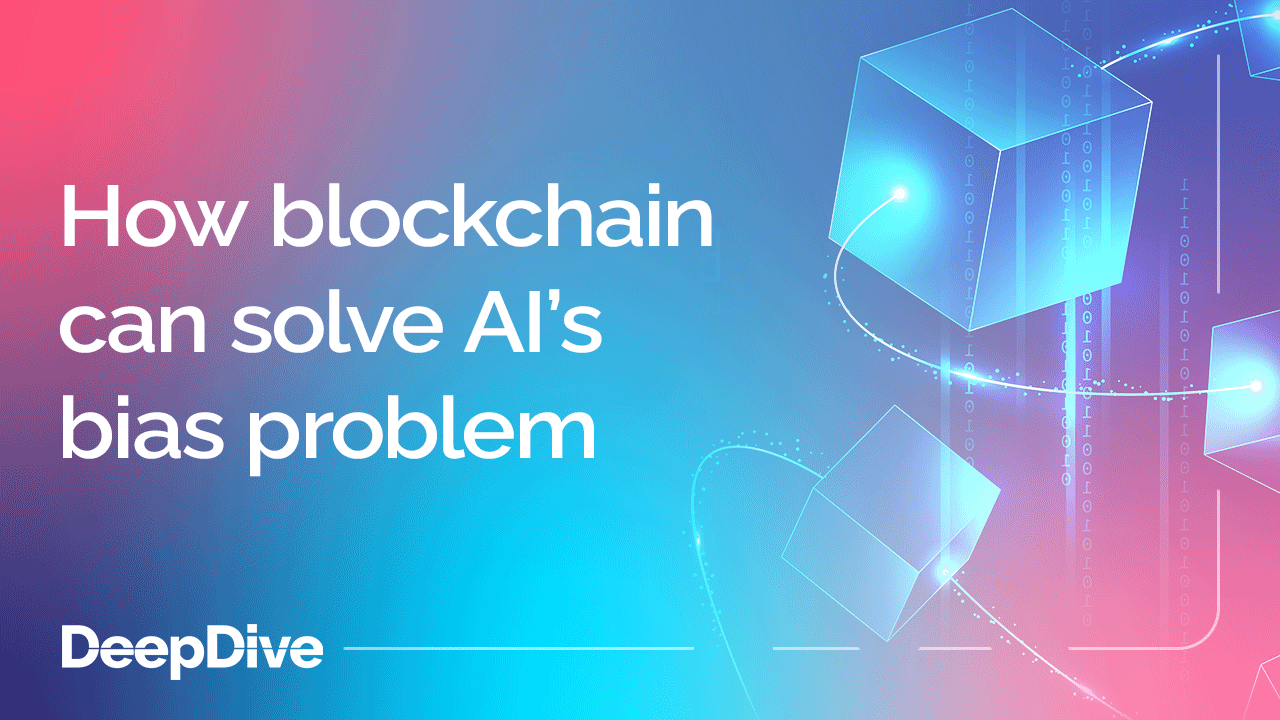

From EEG to BCI
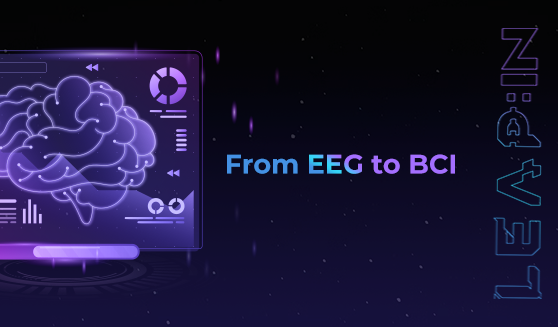
Welcome to the 460 new techies who have joined us since last Friday. If you haven’t already, subscribe and join our community in receiving weekly tech insights, updates, and interviews with industry experts straight to your inbox.
This week we’re quoting Dr. Ramses Alcaide (President and CEO at Neurable)
What Dr. Alcaide said:
“In essence, non-invasive BCIs open up new possibilities for human-computer interaction by tapping into the incredible capabilities of the brain.”
What’s a BCI?
In case you haven’t read our full interview with Dr. Alcaide yet, a BCI is a brain-computer interface – a communication pathway between human brains and tech devices.
And they have huge potential to transform our lives; from improving accessibility and quality of life for people with disabilities, to monitoring mental and physical well-being and alerting us to changes in our mind/body states before we start to feel the effects of those changes.
The reality is that the full scope of future use cases for BCIs is currently a little out of our reach. As the technology develops, we’ll start to see the potential of human-computer collaboration more clearly.
So in the meantime we thought we’d look back in time and explore how BCIs came to be.
Brain-computer interfaces have a longer history than you might think
If anyone in your life has a neurological condition, you probably know about electroencephalography (EEG). It was developed by German psychiatrist Hans Berger in 1924, and it marks a major step in the journey towards functioning BCIs.
Electroencephalography records and measures electrical activity in the brain, including alpha and beta waves. In 1930, neurosurgeons Wilder Penfield and Herbert Jasper developed a method for detecting epileptic seizures using EEG – and their technique is still used in epilepsy diagnosis today. It’s recognised as an early form of BCI.
Then in the 1970s, computer scientist Jacques Vidal coined the phrase ‘brain-computer interface’. He showed that people could use their brains to mentally move a computer cursor through a virtual maze.
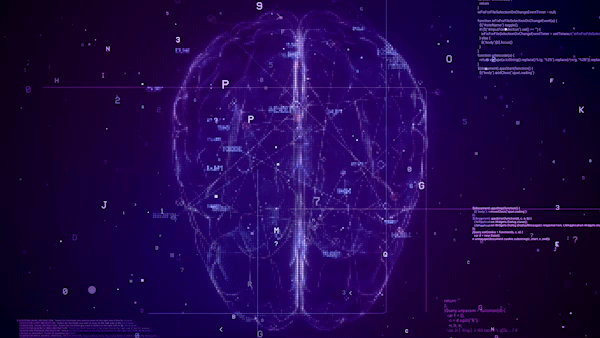
Current applications of BCIs include…
Since then, BCIs have developed significantly, and now enable direct communication between the human brain and external devices.
This technology hasn’t reached its full potential. But current and promising applications include:
- Clinical applications, including the direct control of assistive technologies for people with disabilities, and neurorehabilitation after brain injury, stroke, and other disorders.
- Military and safety applications, including hands-free control of drones and the management of critical safety systems, including detecting when pilots or air traffic controllers are most likely to make mistakes.
- Offering new experiences in the gaming market
- And work applications, such as monitoring worker safety and/or engagement levels.
In short, the potential of BCI is diverse and exciting. But just like any emerging technology, it also comes with its own set of ethical concerns; and research is needed to ensure that BCIs are developed safely and responsibly.
The BCI market is set to grow
According to a report by Grand View Research, the global BCI market size was valued at USD $1.74 billion in 2022. It’s expected to grow at a pacy CAGR of 17.5% until 2030. And interestingly, a growth in demand for the technology is anticipated due (in part) to a sharp rise in the number of people affected by dementia.
Join us at LEAP 2024 to hear directly from leaders in the BCI space, including Dr. Ramses Alcaide.
And read the full interview here: How brain-computer interfaces will reshape our lives

Have an idea for a topic you'd like us to cover? We're eager to hear it! Drop us a message and share your thoughts.
Catch you next week,
Richard McKeon
Group Marketing Director
P.S. - Mark your calendars for LEAP 2024 📅 4-7 March 2024. Want to be a part of the action?

